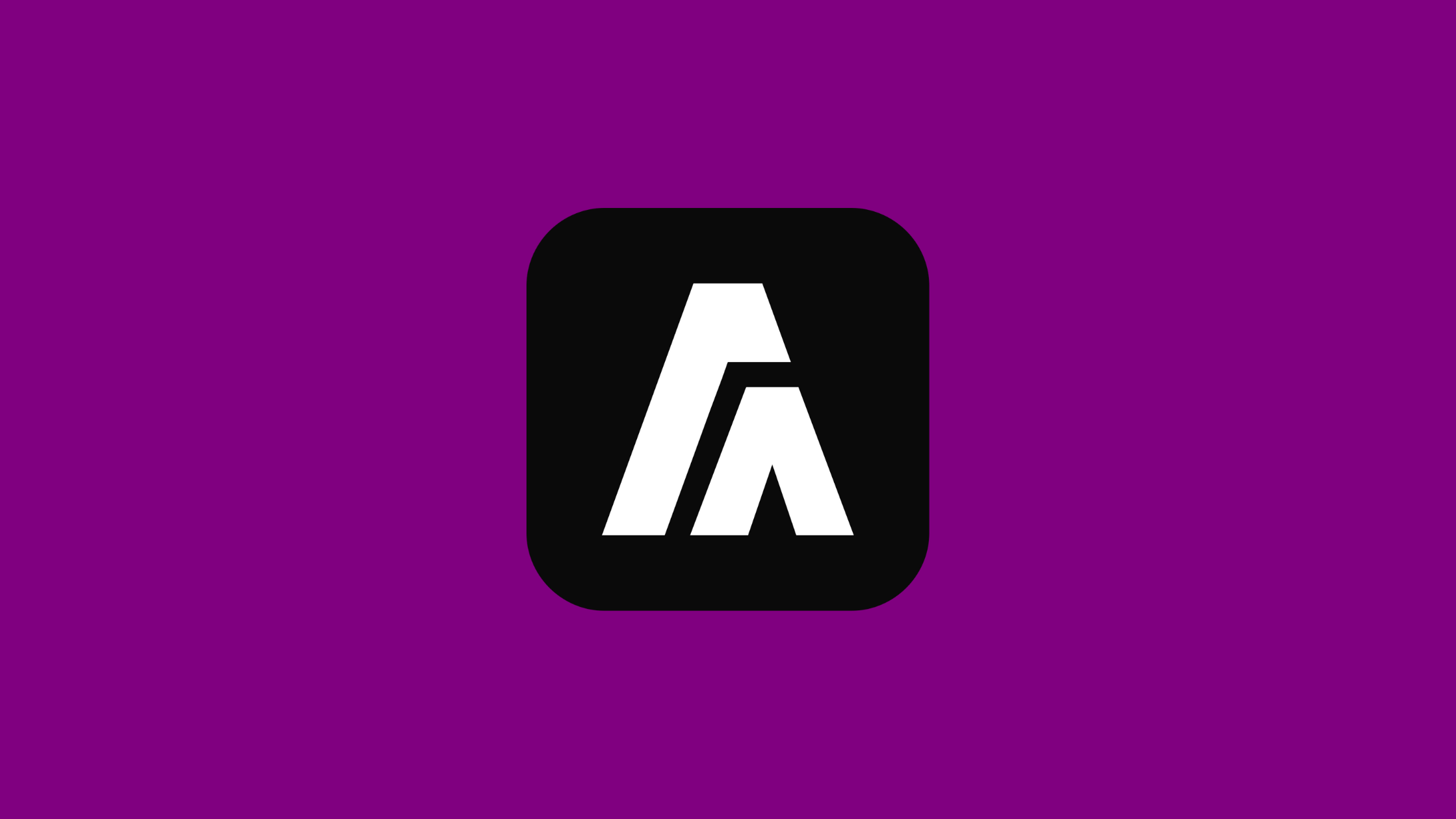
Many are asking so we decided to give people an answer.
Aceternity UI (whose creator is building in public, here) is an innovative front-end component library designed for developers seeking to create visually stunning websites with minimal effort.
It sits in between MUI (we wrote about it here) and a component library.
Here is what we found out, reviewing it.
Overview of Aceternity UI
Aceternity UI offers a comprehensive suite of components that cater to various design needs. From interactive cards to sophisticated animations, the framework allows developers to enhance user experience without extensive coding. The documentation provided on their site is clear and structured, making it easy to navigate and implement features.
Key Features
- Rich Component Library: Aceternity UI includes a variety of components such as Animated Modals, Expandable Cards, and 3D Card Effects. These components are designed to be both aesthetically pleasing and functionally robust, enabling developers to create engaging interfaces quickly.
- Customizable Animations: The technology utilizes Framer Motion for animations, offering smooth transitions and effects that can significantly improve the overall look and feel of web applications.
- Responsive Design: With built-in support for Tailwind CSS, Aceternity UI ensures that all components are responsive and mobile-friendly. This is crucial in today’s multi-device environment where user experience must be consistent.
Development Experience
Integrating Aceternity UI into projects is straightforward. Developers can copy the code snippets directly into their projects, which simplifies the setup process. The use of TypeScript enhances type safety, making the development experience more robust and reducing potential runtime errors.
Example Code Snippet
Here’s a brief example of how to implement the CardStack component:
"use client";
import { useEffect, useState } from "react";
import { motion } from "framer-motion";
const CardStack = ({ items }) => {
const [cards, setCards] = useState(items);
useEffect(() => {
const interval = setInterval(() => {
setCards(prevCards => {
const newArray = [...prevCards];
newArray.unshift(newArray.pop());
return newArray;
});
}, 5000);
return () => clearInterval(interval);
}, []);
return (
<div className="relative">
{cards.map((card, index) => (
<motion.div key={card.id} className="absolute">
{/* Card content here */}
</motion.div>
))}
</div>
);
};
export default CardStack;
As you can see it is relatively easy to implement components and maintain great performance.
Documentation Quality
The documentation at Aceternity UI is well-organized and provides detailed explanations of each component's functionality. It includes examples, usage guidelines, and customization options that are essential for both novice and experienced developers.
Conclusion
Aceternity UI, as many other examples from the concept of Material UI help developers skip the design phase in full.
A great solution until the team scales and Figma joins.
Are you thinking about speeding up the GTM for your product starting from a greatly designed, scalable Figma file?
Check Polipo.